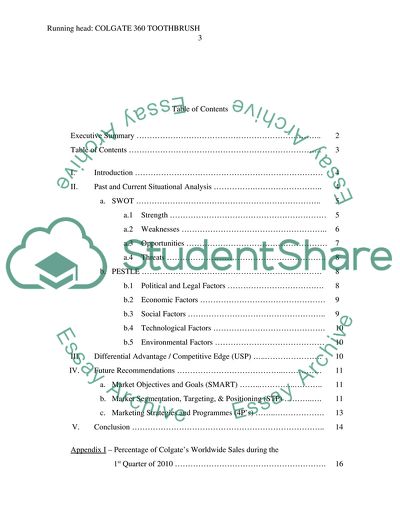Cite this document
(Marketing Strategy: Colgate 360 Toothbrush Case Study - 1, n.d.)
Marketing Strategy: Colgate 360 Toothbrush Case Study - 1. Retrieved from https://studentshare.org/marketing/1739410-marketing-strategy
Marketing Strategy: Colgate 360 Toothbrush Case Study - 1. Retrieved from https://studentshare.org/marketing/1739410-marketing-strategy
(Marketing Strategy: Colgate 360 Toothbrush Case Study - 1)
Marketing Strategy: Colgate 360 Toothbrush Case Study - 1. https://studentshare.org/marketing/1739410-marketing-strategy.
Marketing Strategy: Colgate 360 Toothbrush Case Study - 1. https://studentshare.org/marketing/1739410-marketing-strategy.
“Marketing Strategy: Colgate 360 Toothbrush Case Study - 1”, n.d. https://studentshare.org/marketing/1739410-marketing-strategy.


